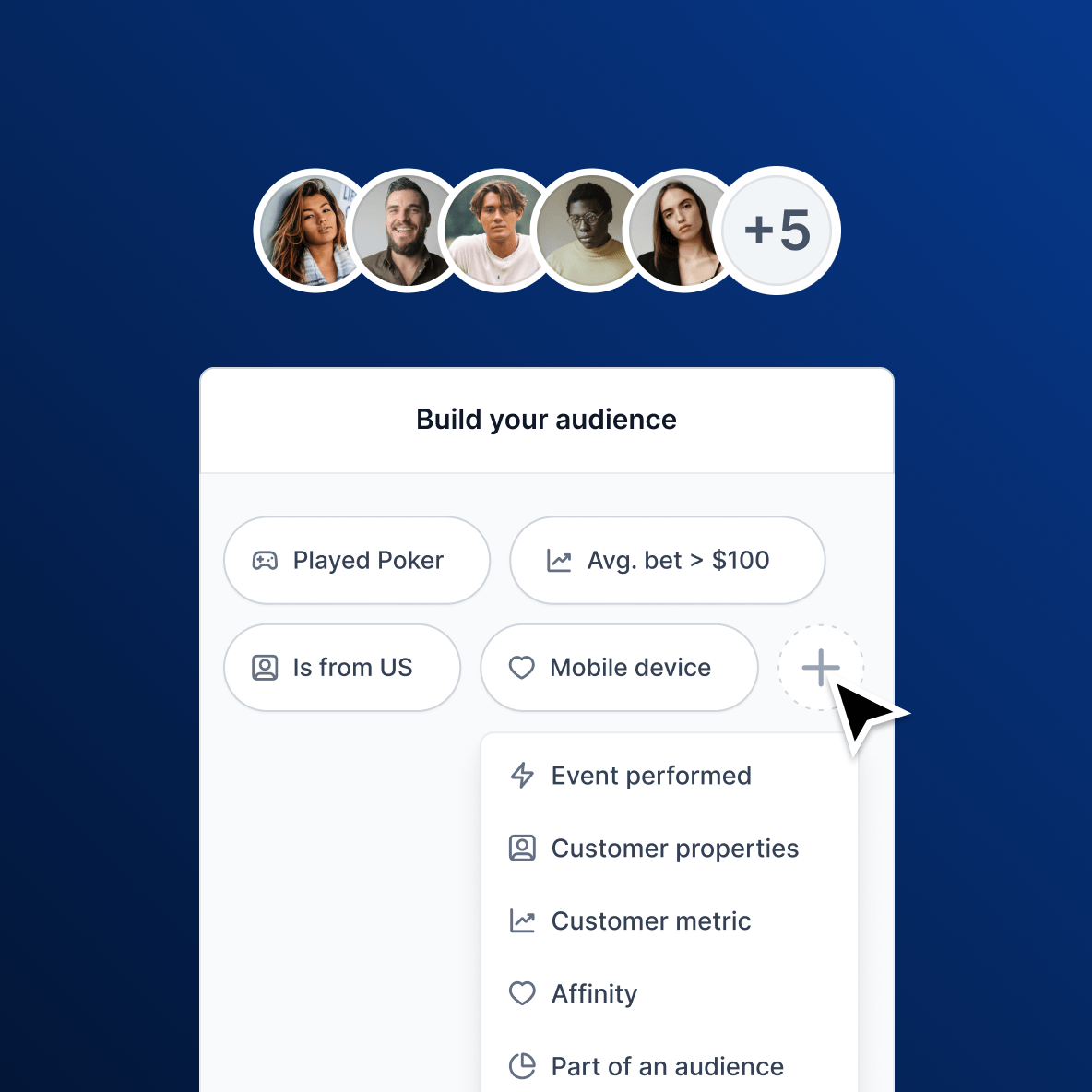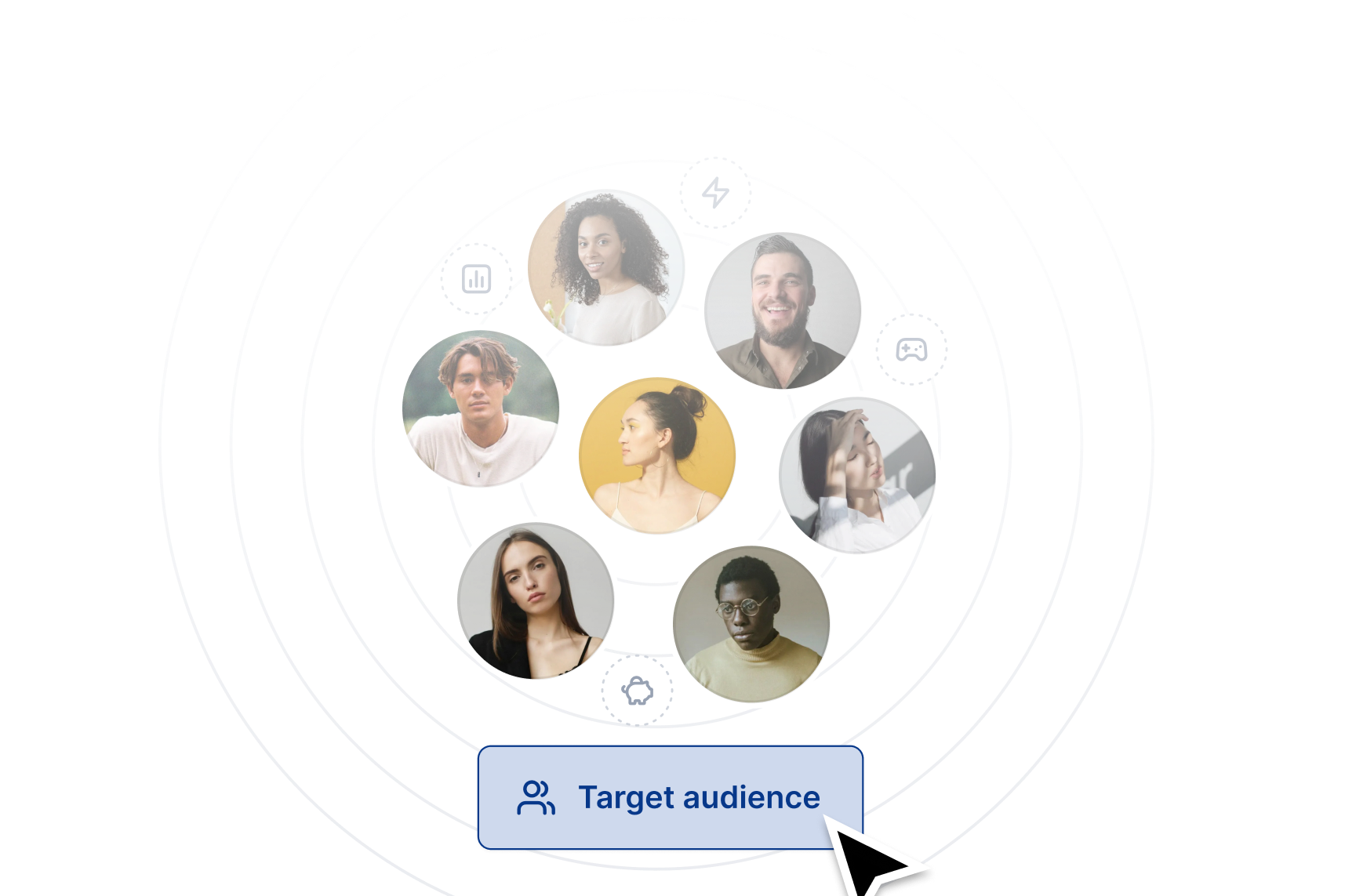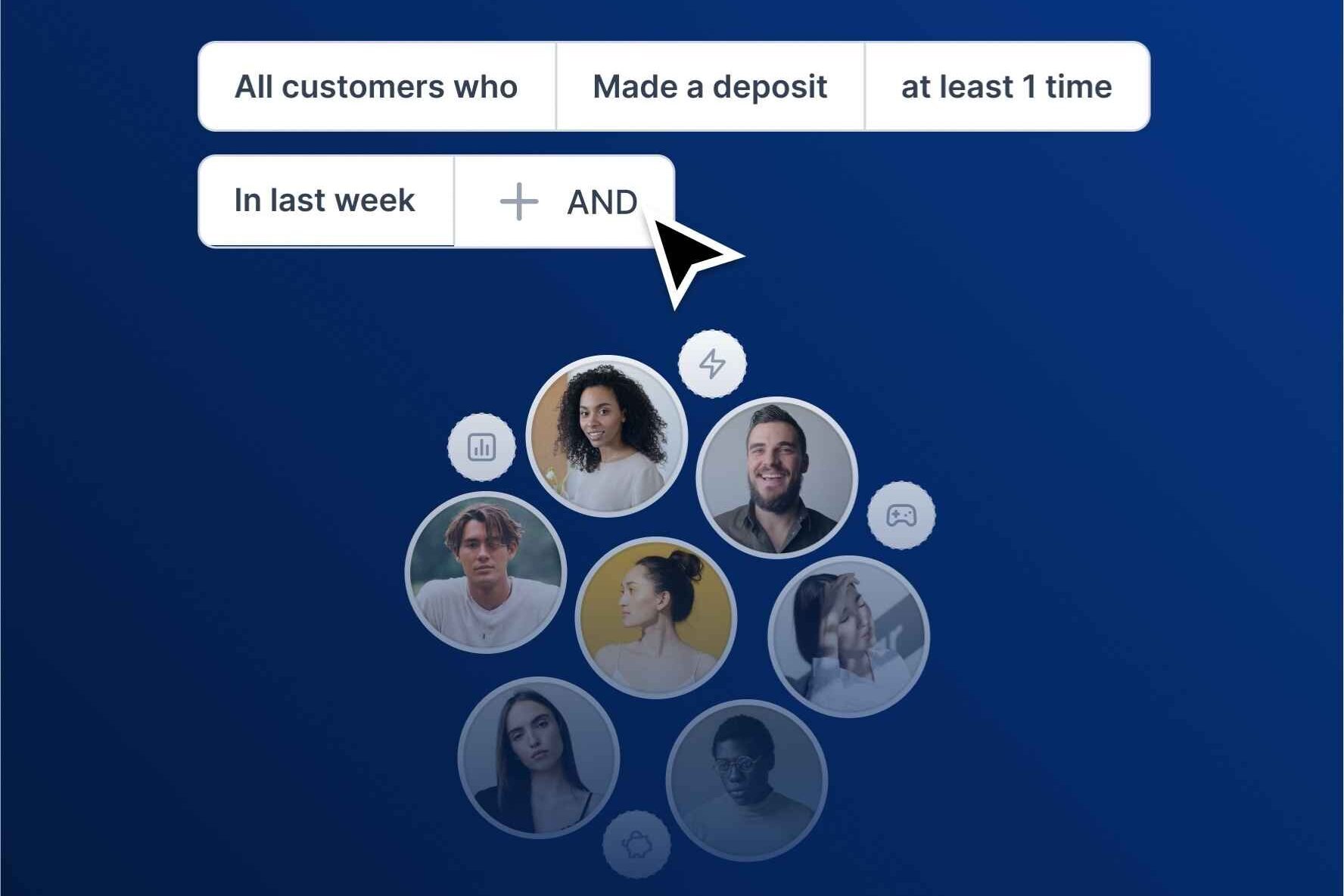Here’s a question for you: Are you really getting the most out of your marketing campaigns?
It’s easy to send out a campaign and hope it resonates with your players. But without proper customer segmentation, your efforts might feel like throwing darts in the dark. The key to truly connecting with your audience is to understand them on a deeper level, which is where segmentation comes into play.
What if you could craft campaigns so specific that players felt like they were tailor-made for them? That’s exactly what OptiKPI helps you do. With five advanced segmentation options, OptiKPI’s tools make it easier than ever to target your audience with laser precision, boosting engagement and maximizing ROI.
In this blog, we’ll break down:
- Why customer segmentation matters.
- OptiKPI’s five segmentation options that let you refine your targeting.
- How OptiKPI’s dynamic updates and user-friendly design simplify the process.
Ready to level up your marketing strategy? Let’s dive in.
Why Customer Segmentation Is Essential
Think of segmentation as the blueprint for your marketing campaigns. Without it, you’re sending messages that may or may not connect with your players. With it, you’re able to:
- Increase engagement by making campaigns more personal and relevant.
- Maximize ROI by focusing on players who are most likely to respond.
- Reduce churn by addressing the specific needs of different player groups.
In other words, segmentation isn’t just a tool—it’s the foundation of effective retention marketing. The more precise your audience targeting, the better your results will be.
Inside OptiKPI’s 5 Advanced Customer Segmentation Options
OptiKPI’s segmentation tools stand out because of their flexibility. They allow operators to create audiences based on five advanced criteria, which can be mixed and matched to suit any campaign.

Here’s a closer look at these segmentation options:
I. Customer Property
This option allows you to group players based on their demographic or geographic profile. Whether you’re looking to target players from a specific country or focus on certain account types, this segmentation option gets the job done.
Examples:
- Target VIP players in Europe with exclusive bonuses.
- Create a campaign for newly registered players in a specific region.
Using customer properties ensures you’re reaching the right audience for campaigns that depend on personal or location-based factors.
II. Event Performed
This option includes players based on their actions, such as deposits, withdrawals, or gameplay. You can even narrow it down further by adding specific details like which payment method they used or which game they played.
Examples:
- Include players who deposited using PayPal in the last 30 days.
- Target players who logged in but didn’t deposit last week.
By focusing on player actions, you can tailor campaigns to behaviors that signal engagement—or the lack of it.
III. Customer Affinity
This segmentation option is all about behavioral trends. It helps you identify players who either predominantly engage with specific activities or have recently performed a particular action.
Examples:
- Send a bonus offer to players who consistently wager on blackjack.
- Re-engage a player who recently deposited but hasn’t placed a bet yet.
With customer affinity, you can design campaigns that align perfectly with each player’s interests.
IV. Customer Metrics
If you want to focus on numbers, this option is for you. Customer metrics allow you to target players based on values like deposit amounts, wager totals, or session durations over a specific period.
Examples:
- Target players who deposited over $500 last month with a loyalty reward.
- Send a small incentive to casual players who wagered less than $50 last week.
Metrics-based segmentation is especially useful for optimizing campaigns aimed at specific spending or activity levels.
V. Include or Exclude Existing Segments
Sometimes, the best way to refine a campaign is by incorporating—or excluding—existing segments. This option lets you do exactly that, making it easy to streamline your targeting.
Examples:
- Include active slot players while excluding VIP members already in a loyalty campaign.
- Focus on newly registered players, excluding those who’ve already engaged in a welcome bonus promotion.
This feature ensures your campaigns stay focused and avoid overlapping audiences.

Dynamic Updates for Smarter Campaigns
Segmentation isn’t static—your audience changes over time. OptiKPI’s dynamic update options let you stay on top of these changes by offering:
- Real-Time Updates: Perfect for time-sensitive campaigns that need to adapt instantly.
- Scheduled Updates: Set audience lists to refresh daily, weekly, or at other intervals.
- Static Segments: Update manually whenever needed, giving you complete control.
These options ensure your campaigns always reflect the latest player behavior and preferences.
The Power of AND/OR Logic
Ever felt limited by rigid rule builders? With OptiKPI, you can mix and match segmentation options using AND/OR logic to create highly specific audiences.

Examples:
- Include players who deposited more than $100 AND played roulette in the past week.
- Target players who logged in during the past 7 days OR deposited within the last 30 days.
This flexibility means you can craft campaigns tailored to even the most niche player groups.
How OptiKPI Maximizes ROI Through Segmentation
Segmentation isn’t just about dividing your audience—it’s about delivering results. Here’s how OptiKPI ensures your campaigns drive ROI:
I. A/B Testing
Not sure which channel or message will work best? OptiKPI’s A/B testing feature allows you to compare different approaches, so you can focus on what drives engagement.
II. Channel Preferences
Over time, OptiKPI learns each player’s preferred communication channel. Whether it’s email, SMS, or push notifications, you can target players where they’re most likely to engage.
III. Alternative Outreach
If a player doesn’t respond to a certain channel, OptiKPI flags them and suggests alternative methods for reaching out, ensuring no one is left behind.
Conclusion: Smarter Segmentation, Better Results
In today’s competitive iGaming market, customer segmentation isn’t optional—it’s essential. With OptiKPI’s advanced tools, you can target players with precision, personalize their experience, and maximize the ROI of every campaign.
From real-time updates to flexible criteria, OptiKPI makes segmentation intuitive, effective, and powerful. Ready to see the difference it can make for your retention strategy? Contact us today to get started.


